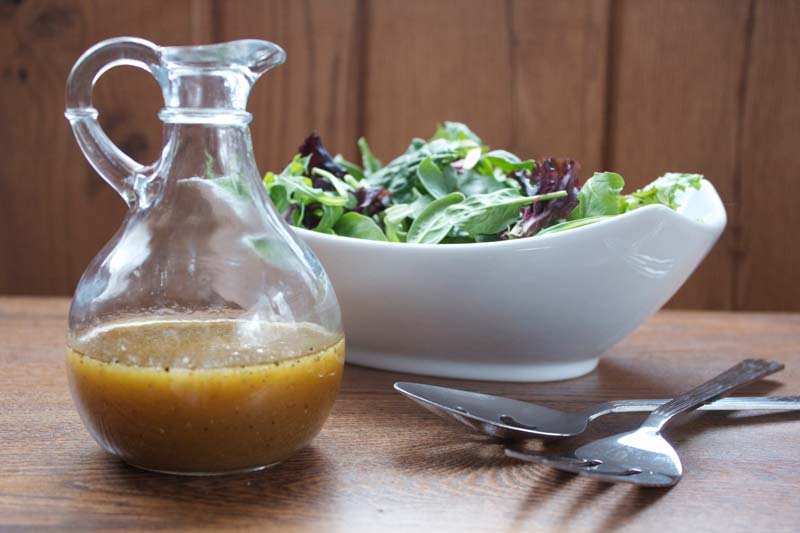Has this week been, like, the longest week ever for anyone else? Or is it just me? Whatever the reason, I am totally ready for 5 o'clock to roll around. TGIF.
And once the work day is over, I'll be reaching for one of these delicious maple old-fashioned cocktails. If I had to choose a classic Northwoods cocktail, it would be the old-fashioned. It's typically my go-to cocktail request when we're out and about; I like to judge the quality of the bar or restaurant by the old-fashioned they make.
This maple old-fashioned is a slight riff on the classic by replacing the traditional sugar cube with pure maple syrup (produced locally, of course!). Dustin helped haul sap for a friend this spring, earning him our annual supply of syrup (which we treat as a precious commodity). I used about an ounce of maple syrup in my cocktail; you can use more or less depending on your preferred level of sweetness. Whatever you do, don't use the fake stuff. That would a tragedy, indeed.
Cheers to the weekend!
Maple Old-Fashioned
makes one cocktail
1 orange round, peel and pith removed
1/2 - 1 oz pure maple syrup
2 oz bourbon (or brandy)
couple dashes bitters
club soda
2 maraschino cherries, for garnish
1. Add the orange round to the bottom of a rocks glass and top with maple syrup. Muddle the orange and maple syrup. Add the bourbon and a couple dashes of bitters and stir to combine.
2. Add ice and top with club soda. Garnish with maraschino cherries and serve.
makes one cocktail
1 orange round, peel and pith removed
1/2 - 1 oz pure maple syrup
2 oz bourbon (or brandy)
couple dashes bitters
club soda
2 maraschino cherries, for garnish
1. Add the orange round to the bottom of a rocks glass and top with maple syrup. Muddle the orange and maple syrup. Add the bourbon and a couple dashes of bitters and stir to combine.
2. Add ice and top with club soda. Garnish with maraschino cherries and serve.
















